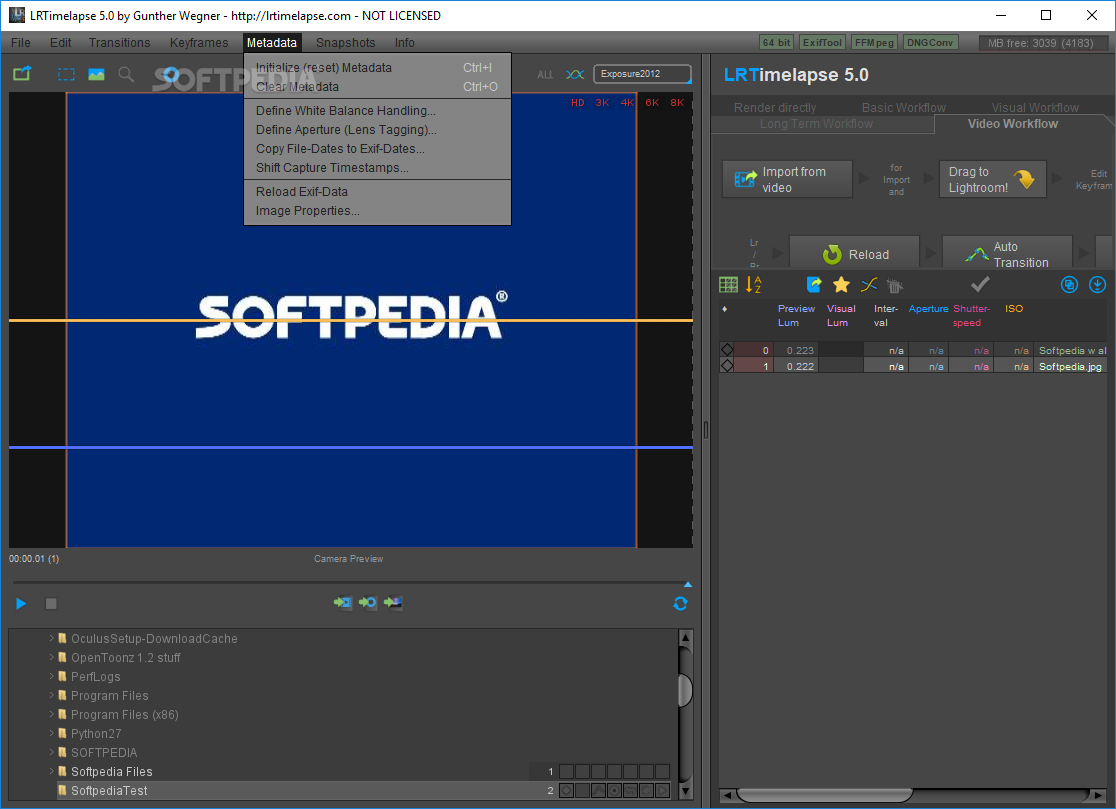

Think about where you want the timelapse to begin and where you want it to end. Tip: Because setting up a motion time-lapse can be time consuming, we recommend that you first simulate different movements by moving your camera through space in real-time (with your own hands, of course) before setting up any equipment. 1-.15 degrees moved between photos is a good speed to stick to. If panning or tilting, also consider the speed of your rotation (degrees per photo). It is most effective when you have a close prominent foreground whose perspective will shift as your camera moves along the slider. Linear movement greatly dramatizes your foreground, and offers a very cinematic effect to your scene.

It also allows you to creatively “reveal” new elements to the viewer and allow their visual focus to shift as you pan, tilt, or slide. Panning (side-to-side movement) and/or tilting (up-down movement) is ideal for following a subject that may move out of frame (stars, moon, etc) or for capturing a wide subject that your camera lens’ field of view cannot cover (valley, an entire room, etc). Motion control, whether it’s linear or panning, or some combination of the two, can oftentimes add great cinematic & functional effect. Taking test shots will help you quickly visualize the scene, find the perfect vantage point, and determine what gear you'll need for your time-lapse. In general, it’s best to allow enough buffer space above and below your subject so that your subject does not get cropped out of the final video. To help visualize this crop you can put your camera into video mode with HD res. Keep in mind that your final video will be cropped down to 16:9 (standard HD aspect ratio), instead of your camera’s 3:2 or 4:3 ratio for still photographs. Tip: Before unloading and setting up all of your camera gear, save yourself some time by grabbing your camera and snapping a few test photos. You’ll find that having a visually interesting foreground or static element in your scene (rocks, trees, buildings, silhouettes) will greatly enhance the time-lapse and serve as a nice point of reference for the moving elements (stars, clouds, people).

Once you’ve chosen a subject for your time-lapse, it’s important that you take some time to plan out how the shot should look.


 0 kommentar(er)
0 kommentar(er)
